Introduction
Artificial intelligence (AI) and automation are no longer futuristic buzzwords—they are driving real, measurable improvements in medical billing. Practices that harness AI‑driven claim edits, auto‑posting of EOBs, predictive denial prevention, and virtual billing assistants see faster reimbursements, fewer denials, and a more efficient revenue cycle. In this article, we’ll dive into:
-
What AI and automation mean in the context of medical billing
-
Four key use cases transforming workflows
-
Practical examples featuring Sarah the biller, Dr. Patel’s clinic, and patient John Lee
-
Implementation considerations and best practices
-
Frequently asked questions to guide your next steps
By understanding and applying these innovations, your practice can reduce manual tasks, cut costs, and deliver a better patient experience. Let’s explore how.
What AI and Automation Bring to Medical Billing
AI leverages machine learning (ML) models and natural language processing (NLP) to analyze patterns in historical billing data. Automation employs rule‑based engines and robotic process automation (RPA) to execute repetitive tasks without human intervention. Together, they enable a system to:
-
Continuously learn from past claim outcomes
-
Make split‑second eligibility and coding decisions
-
Automatically route tasks based on complexity
-
Provide real‑time insights to billing teams
Rather than replacing human expertise, these tools augment it—freeing billers like Sarah to focus on complex denials and patient communications instead of data entry.
Automated Claim Edits
How it Works
Automated claim editing engines apply a layered approach:
-
Rule‑Based Validation
-
Apply National Correct Coding Initiative (NCCI) edits, CPT/HCPCS pairing rules, and payer‑specific policies.
-
-
Machine Learning Flagging
-
ML models trained on past denials predict high‑risk claims with unusual code combinations or modifier uses.
-
-
Suggestion and Auto‑Correction
-
The system suggests valid code replacements or modifier adjustments, sometimes auto‑applying them when confidence is high.
-
Benefits
-
Faster Turnaround: Claims scrubbed in seconds instead of hours.
-
Reduced Denials: Early detection of CO‑4 or other coding issues before submission.
-
Consistency: Uniform application of rules prevents human oversight.
Real‑World Example
Sarah at Dr. Patel’s practice once spent two days correcting a batch of 300 claims that failed for unbundled services (CO‑4). After implementing an AI‑powered scrubbing engine, the same volume is processed in under 10 minutes, with fewer than 1% requiring manual review.
Auto‑Posting of EOBs (Electronic Remittance Advice)
How it Works
Auto‑posting engines use RPA and NLP to:
-
Extract Data from EOBs
-
Parse 835 files or PDF EOBs to identify allowed amounts, adjustments (CO‑1, CO‑2, CO‑3, etc.), and patient responsibilities.
-
-
Match to Open Claims
-
Use algorithms that consider patient name, date of service, and claim identifiers to link payments to outstanding claims.
-
-
Post Payments and Adjustments
-
Automatically record insurer payments, write‑offs, and patient balances in the billing system.
-
Benefits
-
Eliminates Manual Posting: Dramatically reduces AR backlog caused by unpaid EOBs.
-
Improves Accuracy: Minimizes posting errors that lead to account mismatches.
-
Frees Staff Time: Allows billers to focus on investigating exceptions rather than routine posts.
Real‑World Example
At a three‑provider clinic, John Lee’s billing team once spent 20 hours weekly posting EOBs. With an auto‑posting solution, time spent dropped to under two hours for exception handling—an 90% productivity gain and a 15% improvement in days‑in‑AR.
Predictive Denial Prevention
How it Works
Predictive denial modules analyze historical claim and denial data to:
-
Score New Claims
-
Assign a risk probability based on features like payer, service type, coding patterns, and patient demographics.
-
-
Proactively Coach Billers
-
Highlight high‑risk claims in the dashboard, suggesting preemptive edits or additional documentation.
-
-
Trigger Pre‑Submission Workflows
-
Automatically route risky claims to senior coders or require additional verification before submission.
-
Benefits
-
Lower Denial Rates: Prevents up to 30% of denials by addressing issues upfront.
-
Data‑Driven Insights: Identifies systemic problems—e.g., a specific payor consistently rejects modifier 25.
-
Resource Optimization: Directs skilled billers to handle complex or high‑value cases.
Real‑World Example
After rolling out predictive denial prevention, Dr. Patel’s practice saw denials drop from 12% to 7% within three months. The system flagged that a recent template update misapplied the GT modifier on telehealth claims—issue corrected before hundreds of claims were rejected.
Virtual Billing Assistants
What They Are
Virtual billing assistants combine AI‑powered chatbots and RPA to:
-
Answer routine billing questions from patients via portal or phone
-
Guide staff through complex workflows with step‑by‑step prompts
-
Automatically generate appeal letters or documentation requests
Benefits
-
24/7 Support: Patients get instant responses on statement inquiries or payment plans.
-
Staff Augmentation: New billers receive real‑time guidance on modifier use, denial codes, and system navigation.
-
Consistency: Standardized answers reduce variability in patient communications.
Real‑World Example
Sarah implemented a virtual assistant named “Billie” in the patient portal. Billie handles over 50% of routine balance inquiries, schedules payment plans, and even escalates complex issues to Sarah with a summarized transcript—improving patient satisfaction scores by 20%.
Implementation Considerations
Data Quality and Integration
-
Clean Historical Data: ML models rely on accurate past denials and payment records. Perform a thorough audit before enabling predictive modules.
-
System Interfaces: Ensure your EHR, practice management system, clearinghouse, and patient portal can exchange data in real time.
Change Management
-
Stakeholder Buy‑In: Demonstrate ROI with pilot projects—compare denial rates and posting times before and after.
-
Training and Support: Provide role‑based training on new AI dashboards and exception handling workflows.
Compliance and Security
-
HIPAA and Data Privacy: AI vendors must sign business associate agreements and employ strong encryption.
-
Audit Trails: Maintain logs of all automated actions—who approved AI suggestions, which claims were auto‑edited, and why.
Measuring Success
Track key metrics such as:
-
Denial rate reduction (%)
-
Time saved on claim scrubbing and EOB posting (hours per week)
-
Improvement in days‑in‑AR
-
Patient satisfaction with billing communications
Use dashboards (see our Intuitive Dashboards guide) to visualize trends and identify further optimization opportunities.
Best Practices for Maximizing ROI
-
Start Small: Pilot one use case—like EOB auto‑posting—before rolling out predictive denial prevention.
-
Collaborate with Your Vendor: Provide feedback and collaborate on model retraining to suit your payers and specialties.
-
Regularly Review AI Suggestions: Monitor false positives/negatives and adjust rules or retrain models to improve accuracy.
-
Maintain a Hybrid Approach: Use AI to handle routine tasks, but keep human oversight for complex or ambiguous cases.
Frequently Asked Questions
Q1: Will AI replace human billers?
A1: No. AI handles repetitive tasks and surfaces insights, but skilled billers remain essential for complex coding decisions, appeals, and patient outreach.
Q2: How long does it take to see benefits?
A2: Simple automation—like EOB auto‑posting—can show ROI in weeks. Predictive denial modules may require 1–3 months of historical data to train models effectively.
Q3: Is patient data safe with AI vendors?
A3: Reputable AI vendors adhere to HIPAA, encrypt data at rest and in transit, and undergo regular security audits. Always verify compliance certifications.
Q4: Can smaller practices afford these solutions?
A4: Yes. Many vendors offer modular subscriptions, allowing you to start with low‑cost features (e.g., RPA for EOB posting) and scale up as ROI becomes evident.
Q5: How do I choose between rule‑based automation and AI models?
A5: Rule‑based automation excels at standardized tasks (CO‑code edits, posting). AI models are better for predictive work—like denial prevention—that requires pattern recognition.
Conclusion
AI and automation are revolutionising medical billing by transforming tedious, error‑prone tasks into fast, reliable processes. Whether you implement automated claim edits, auto‑posting of EOBs, predictive denial prevention, or virtual billing assistants, the benefits are clear: faster reimbursements, fewer denials, and more time for strategic work. Practices like Dr. Patel’s are already reaping rewards—reduced AR days, improved denial rates, and happier patients.
Ready to explore AI‑driven billing solutions? Check out our Step‑by‑Step Guide to Implementing Medical Billing Software or dive into our Denial Management & Appeals resources to get started.
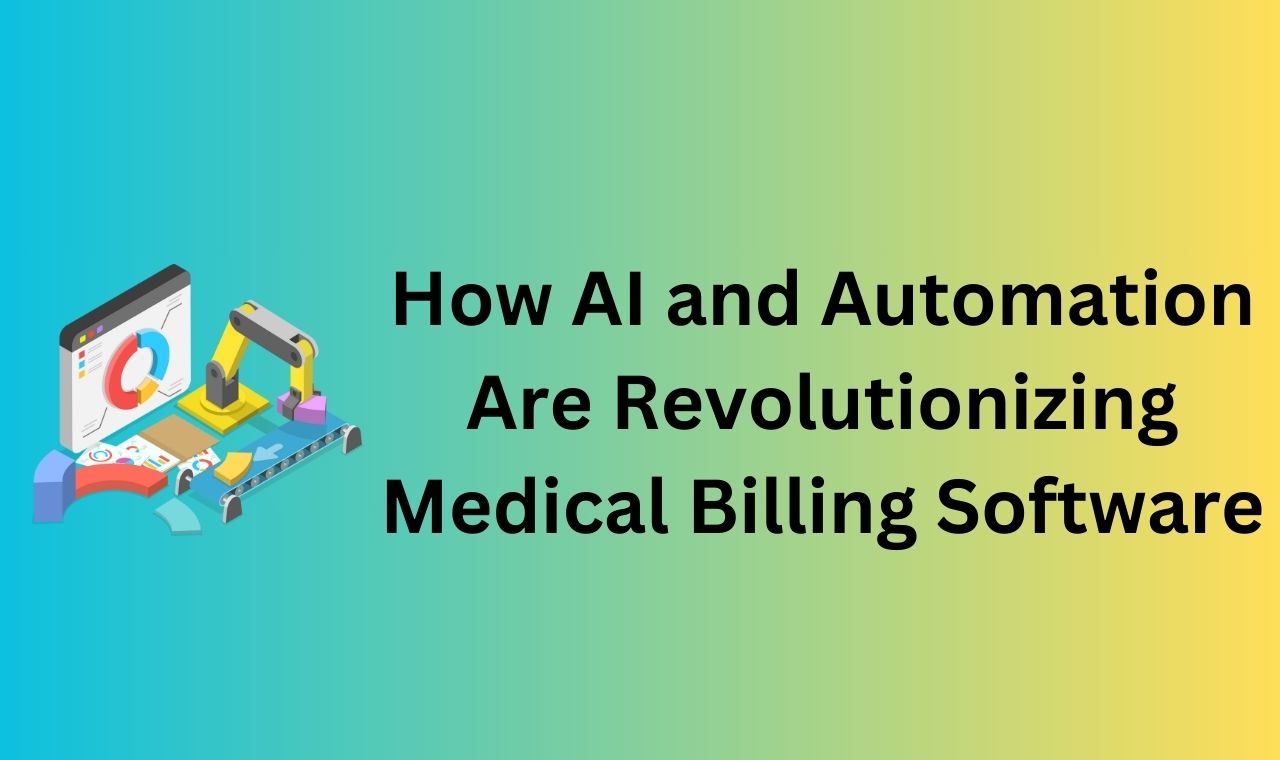

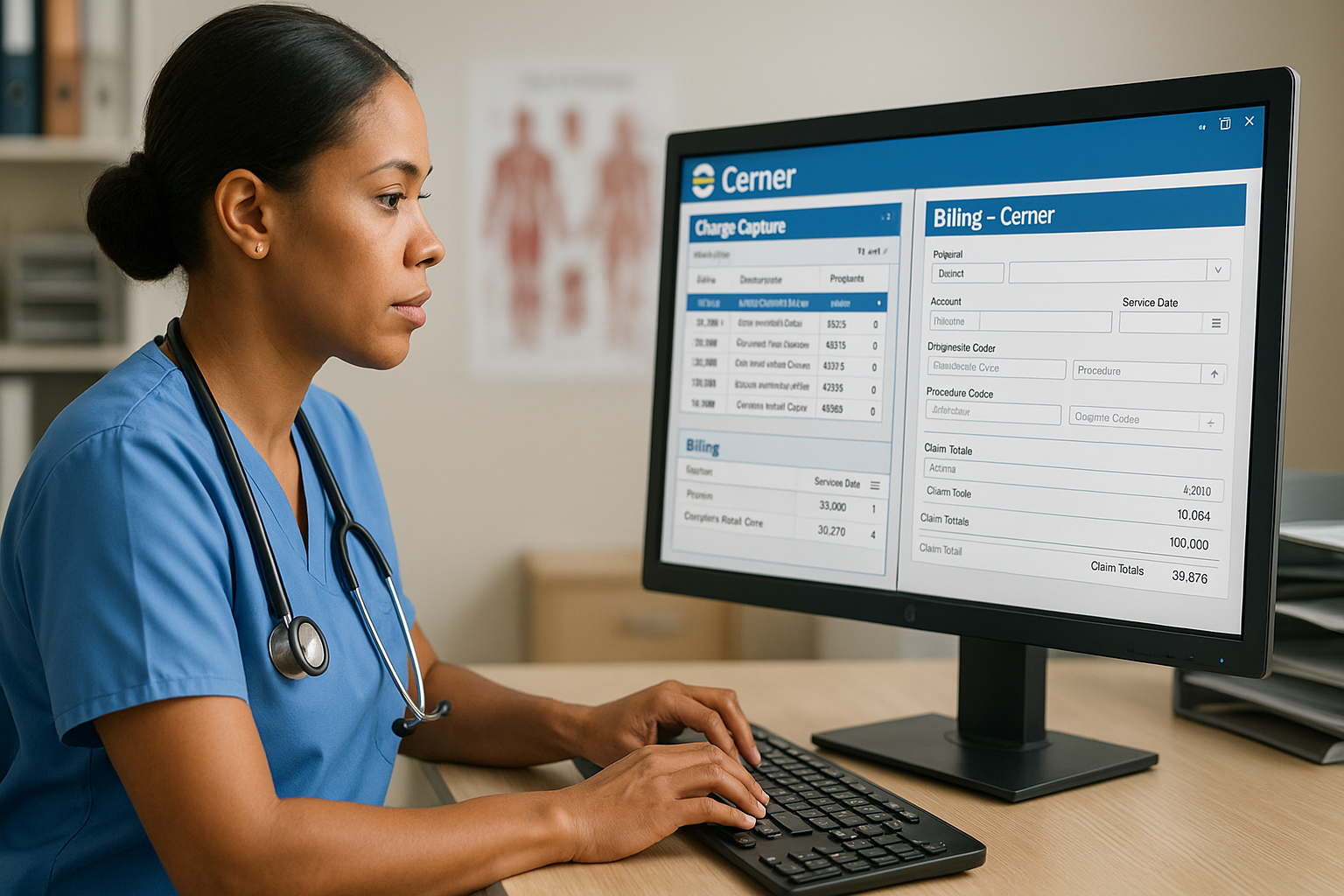
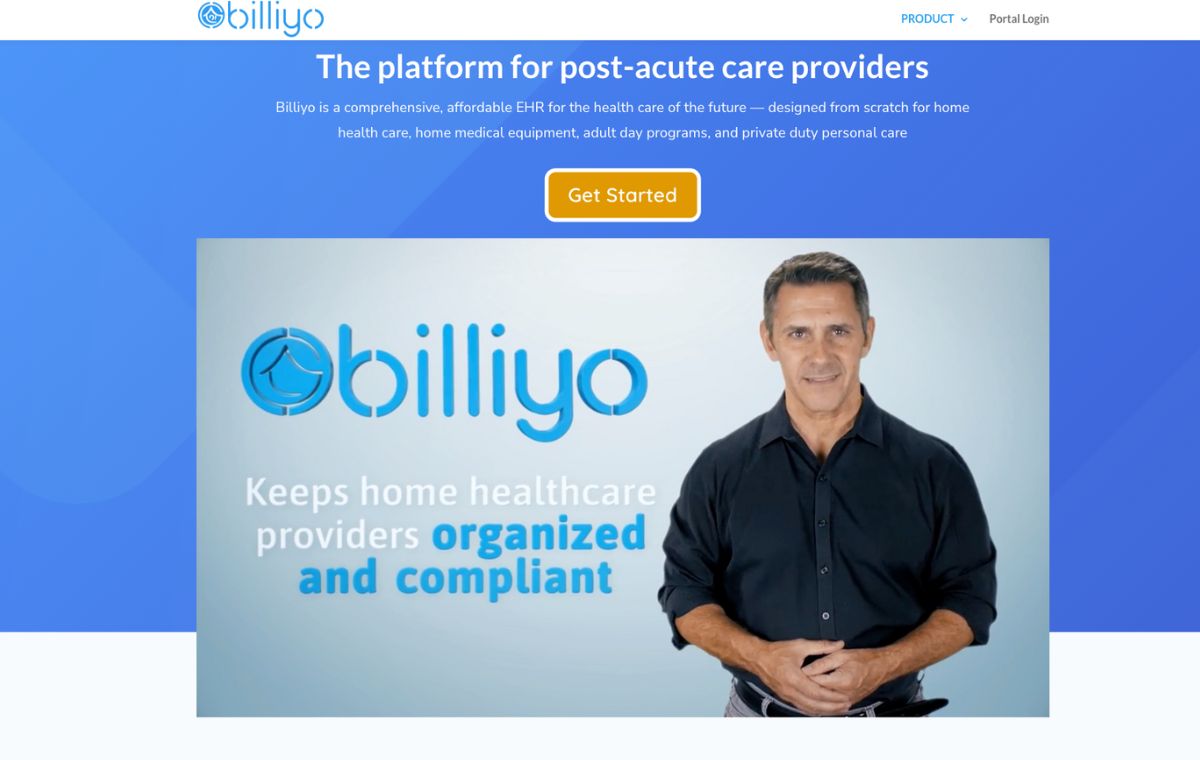
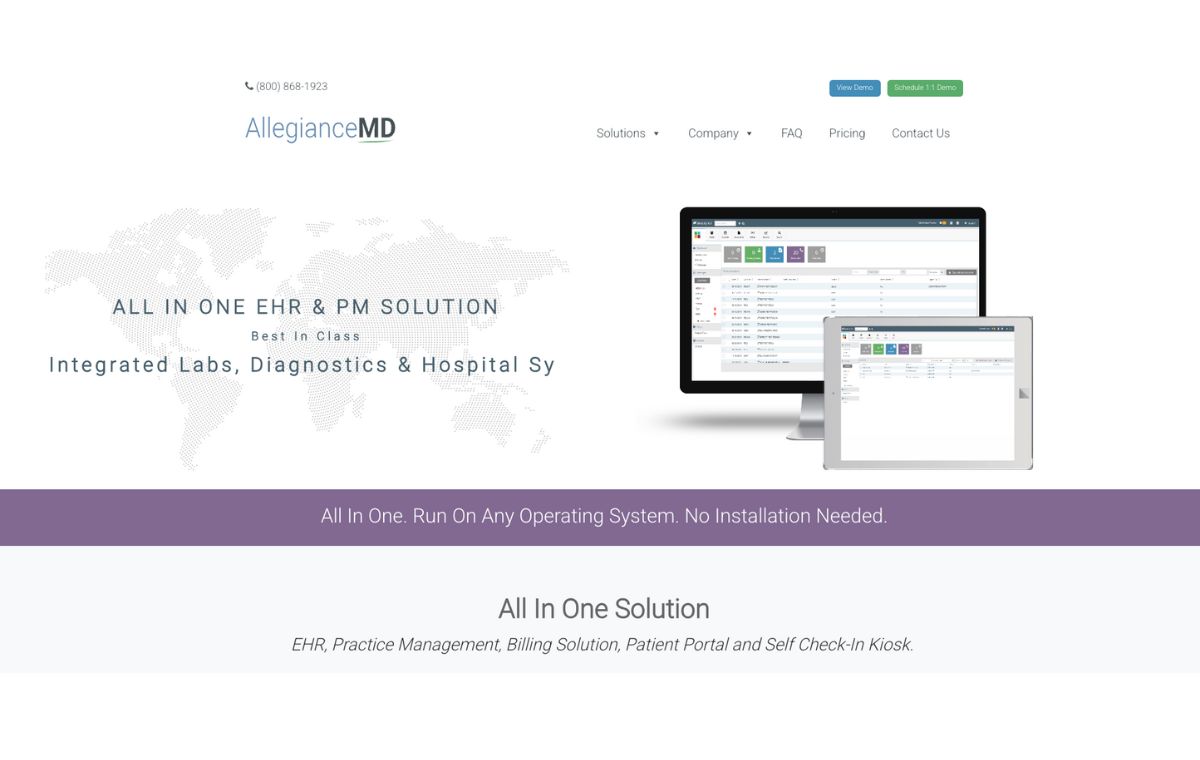
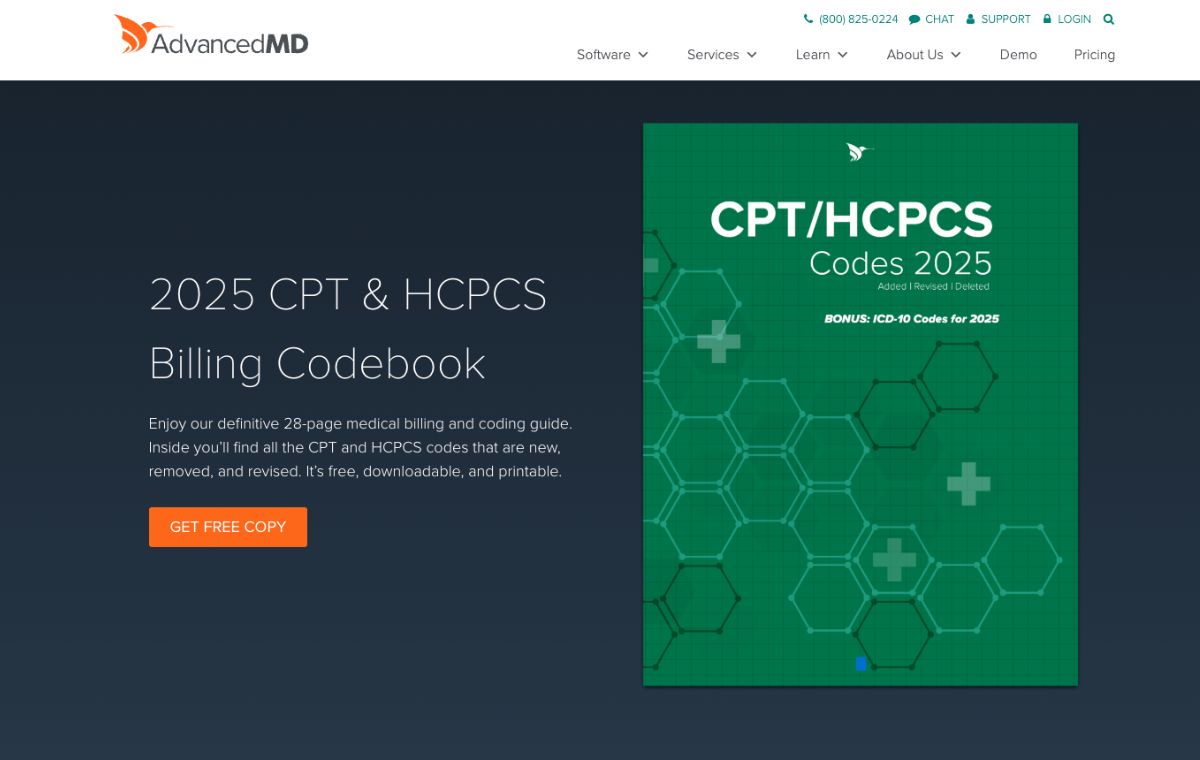






1 thought on “Impact of AI and Automation in Medical Billing Software”